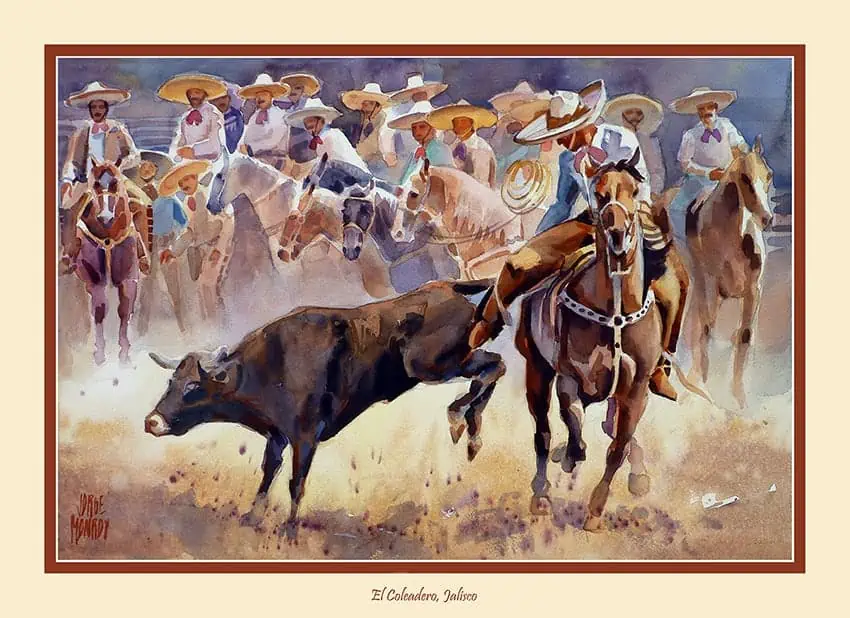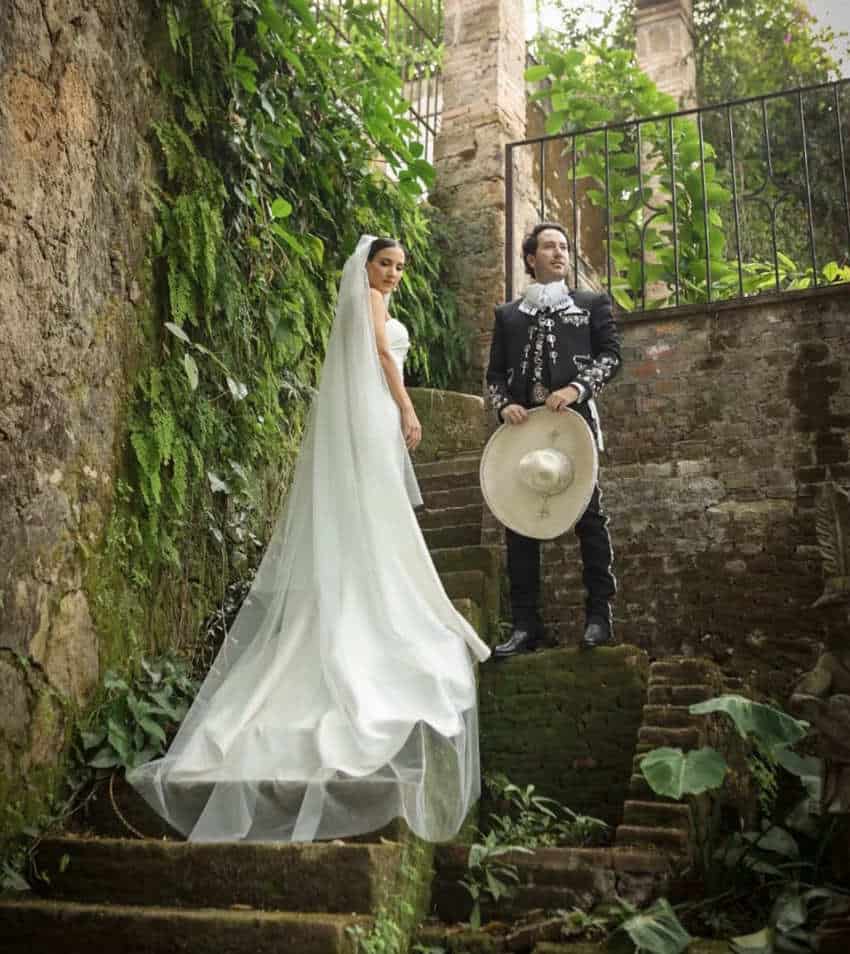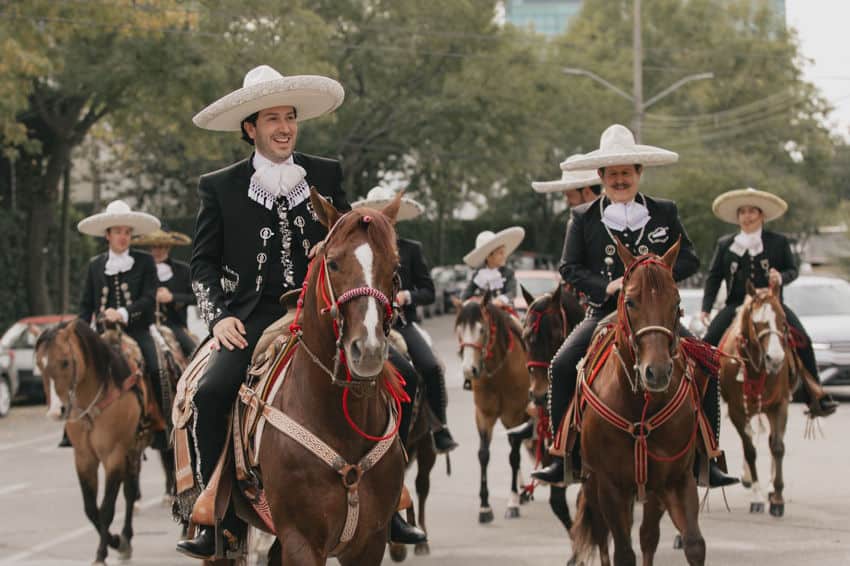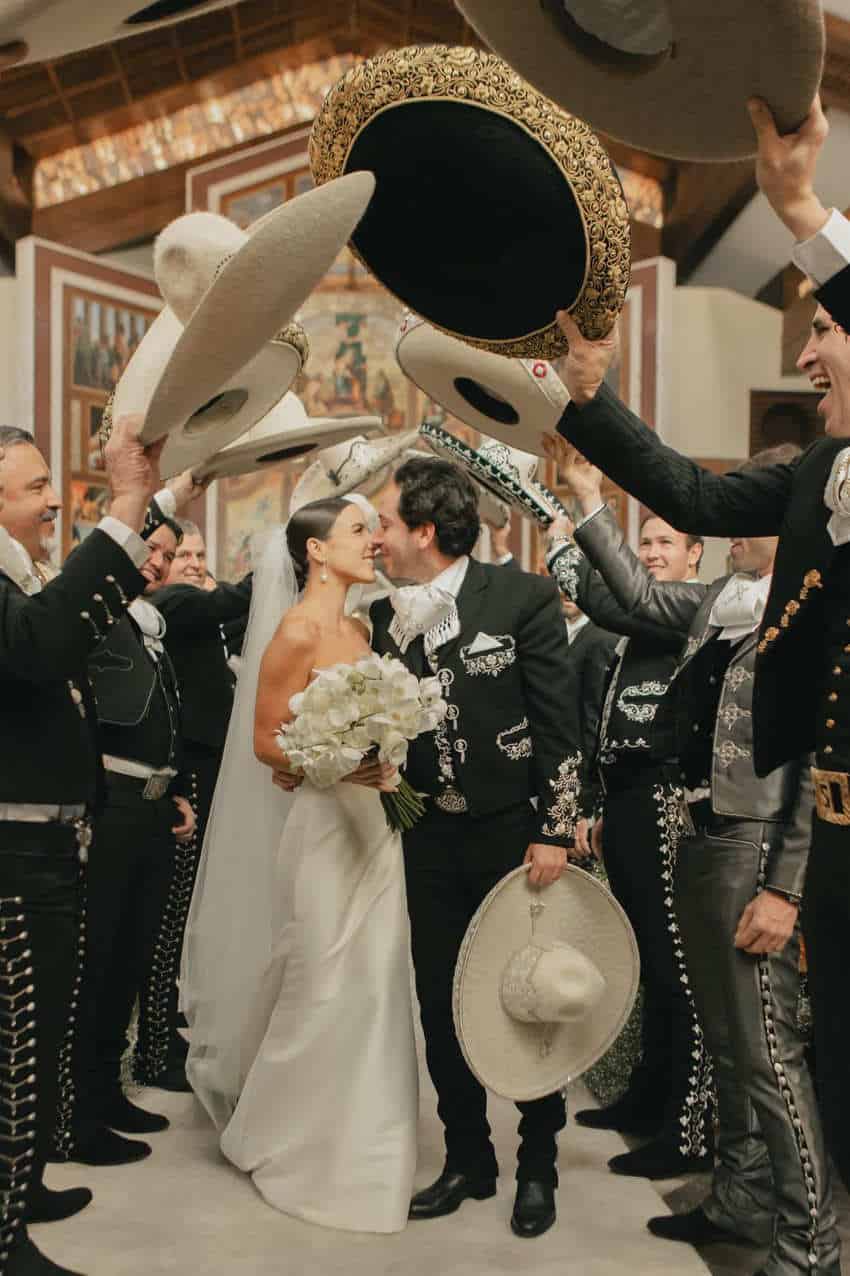A few months ago, Paloma and Alejandro married in Guadalajara, the capital of the western state of Jalisco. Their wedding featured all the typical aspects of a Mexican upper-class matrimonial event: hundreds of guests, lavish decorations and hours of entertainment.
Yet, it wasn’t your typical Mexican wedding because Alejandro, the groom, is a charro.

A charro is a man who practices charrería, Mexico’s national equestrian sport that involves horseback riding and other related activities, including various forms of rodeo using livestock. But beyond a sport, charros consider charrería a lifestyle, originally born out of the rural ranching culture in colonial western Mexico.
When a charro gets married, tradition dictates that the ceremony should incorporate several elements of charrería, hence the charro wedding.
Yet, despite charrería being a fundamental part of Mexico’s culture — in 2016 it was recognized as part of the Intangible Heritage of Humanity by UNESCO — unless someone is born into a charro family or has direct ties with charrería, the tradition can seem foreign even to a Mexican. For that reason, Paloma wasn’t initially convinced of having a charro wedding.
“To be honest, I initially didn’t want my wedding to be a charro wedding because I wasn’t familiar with it,” she confessed when I spoke to her after her wedding. However, it wasn’t long before Paloma changed her thinking towards the themed celebration.
“When I noticed how much it meant to my now husband, I started to see things from a different perspective. And honestly, I enjoyed our wedding a lot,” she said.
Elements of a charro wedding
“A charro wedding is a traditional celebration in Mexico combining the Catholic marriage rites with elements of culture and charrería,” Paloma’s husband Alejandro explained to me.

These elements are incorporated even into the marriage ceremony, which typically happens at a church. Paloma and Alejandro’s ceremony featured the typical charrería elements, starting with Alejandro’s attire.
The charro suit
Charros have three different types of suits, depending on the occasion: the work suit, the half-gala suit and the gala suit. As you might guess, a wedding requires the gala version.
“The suit has silver buttons, elegant embroidery in either gold or silver beads, fitted trousers, a short jacket, and a silk bow tie,” Alejandro explained, adding that the color of the suit is a personal preference – within a narrow realm of choices: It can either be black, Oxford gray, or navy blue.
For a wedding, charros also wear a sombrero de gala — made with rabbit, nutria or chinchilla fur. Unlike the work or the half-gala hat, the gala hat is embroidered with the same gold or silver beads as the rest of the outfit.
“We also wear ankle boots, which are made of leather and often handmade,” Alejandro added.
The guidelines for the different types of charro clothing are outlined by the Mexican Charrería Federation (FMC).
The cabalgata
The arrival of the groom to the church is a tradition, a spectacle in and of itself, and one of the most exciting features of a charro wedding. Accompanied by his fellow charros, including friends and family members, Alejandro made a grand entrance to the church esplanade on horseback.
“This was one of my favorite parts of the ceremony – seeing him arrive on horseback with his friends and family, all dressed in the gala charro suit,” Paloma told me.

Even though the wedding took place in a residential area of Guadalajara, Alejandro and his fellow charros were able to ride on part of the street to get to church. This tradition is known as the cabalgata.
“Arriving at church on horseback with my friends and family was a very special moment,” Alejandro said.
At a typical Catholic wedding mass, a classical music ensemble might accompany the ceremony with solemn harmonies. But at a charro wedding, like Paloma and Alejandro’s, the rich and soulful sound of a mariachi band filled the church.
The sombrero arch
The final distinctive feature of a charro wedding is the sombrero arch, known as the “valla charra”.
As the wedding mass comes to an end and the newlyweds prepare to exit, the charro guests gather to line both sides of the main aisle, all the way to the church doors. In a gesture of celebration and respect, they raise their wide-brimmed sombreros, forming an archway beneath which the couple walks.

“Walking down the aisle under the sombrero arch is a very special moment. Very emotional and very anticipated by any charro,” Alejandro told me.
The reception
The reception doesn’t have to incorporate any elements of charrería. However, Paloma and Alejandro’s reception party gave an elegant and contemporary nod to their Mexican heritage.
The party hall featured elements of rural Mexican tradition, softened by neutral tones and warm wooden textures. Long banquet tables were draped in white linens and adorned with clay pots and rustic vases that displayed floral centerpieces of dahlias, roses and nopales —a Mexican type of cactus.
Big, white pots with agave plants were scattered around the space, and in place of standard seating, traditional Mexican leather chairs known as equipales invited guests to relax and enjoy the banquet.
The celebration started in the afternoon and went on for hours.
“Honestly, it was a beautiful wedding,” Paloma told me with enthusiasm.
Gabriela Solis is a Mexican lawyer turned full-time writer. She was born and raised in Guadalajara and covers business, culture, lifestyle and travel for Mexico News Daily. You can follow her lifestyle blog Dunas y Palmeras.
